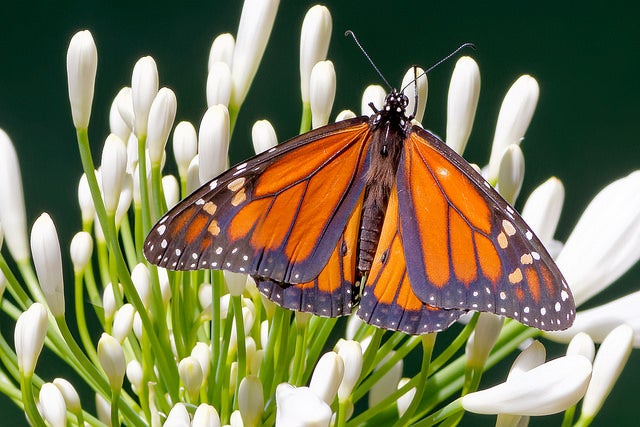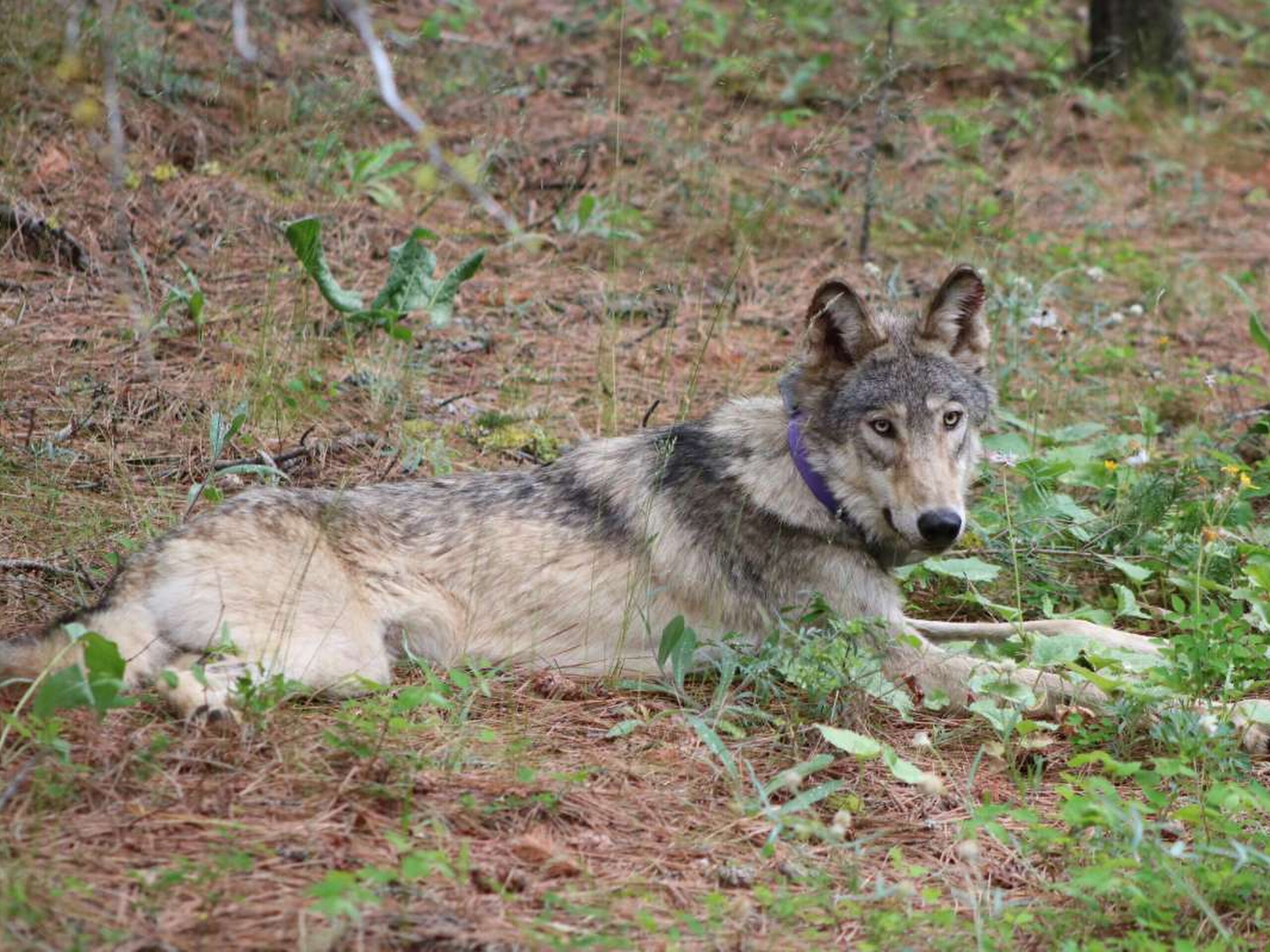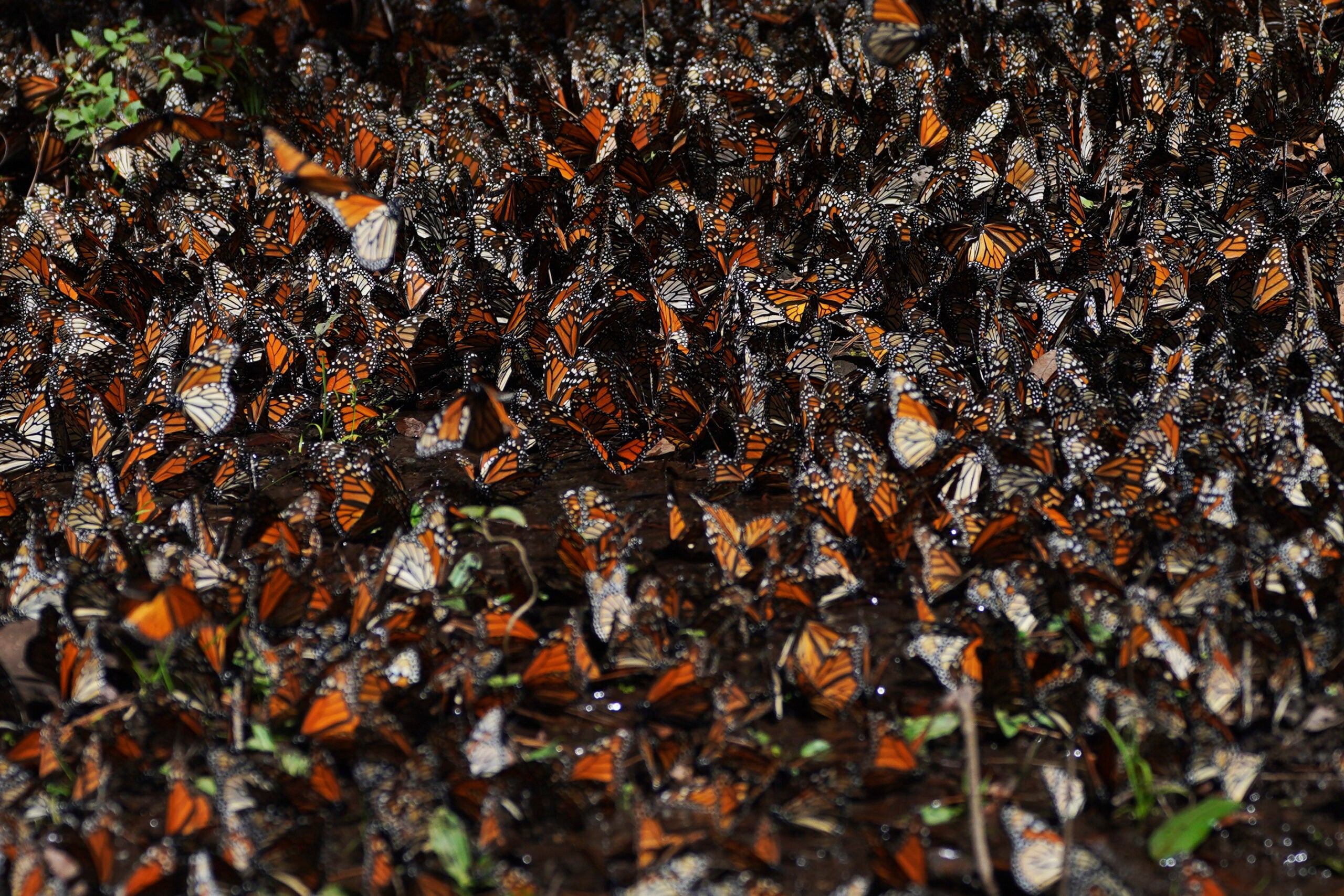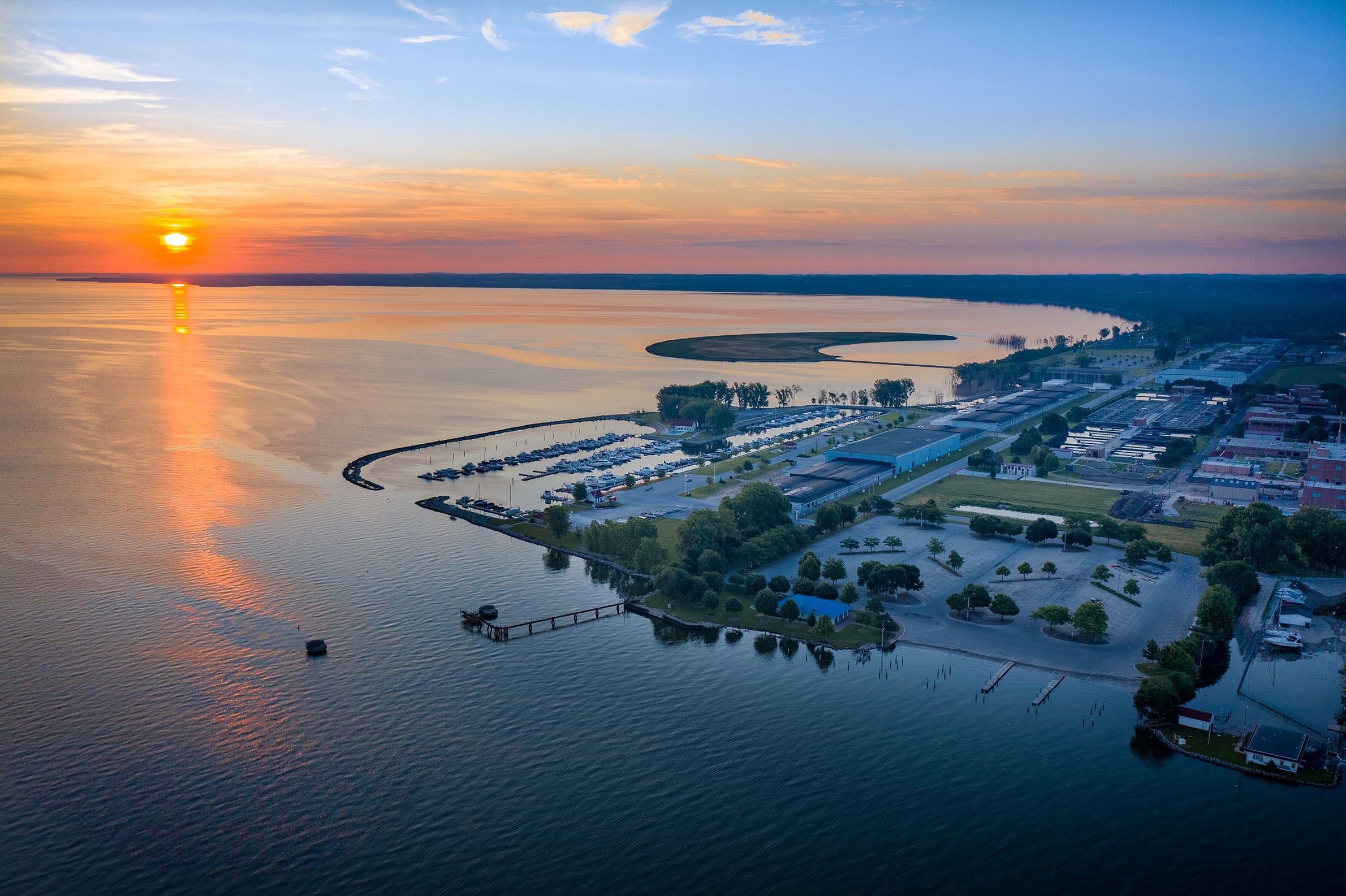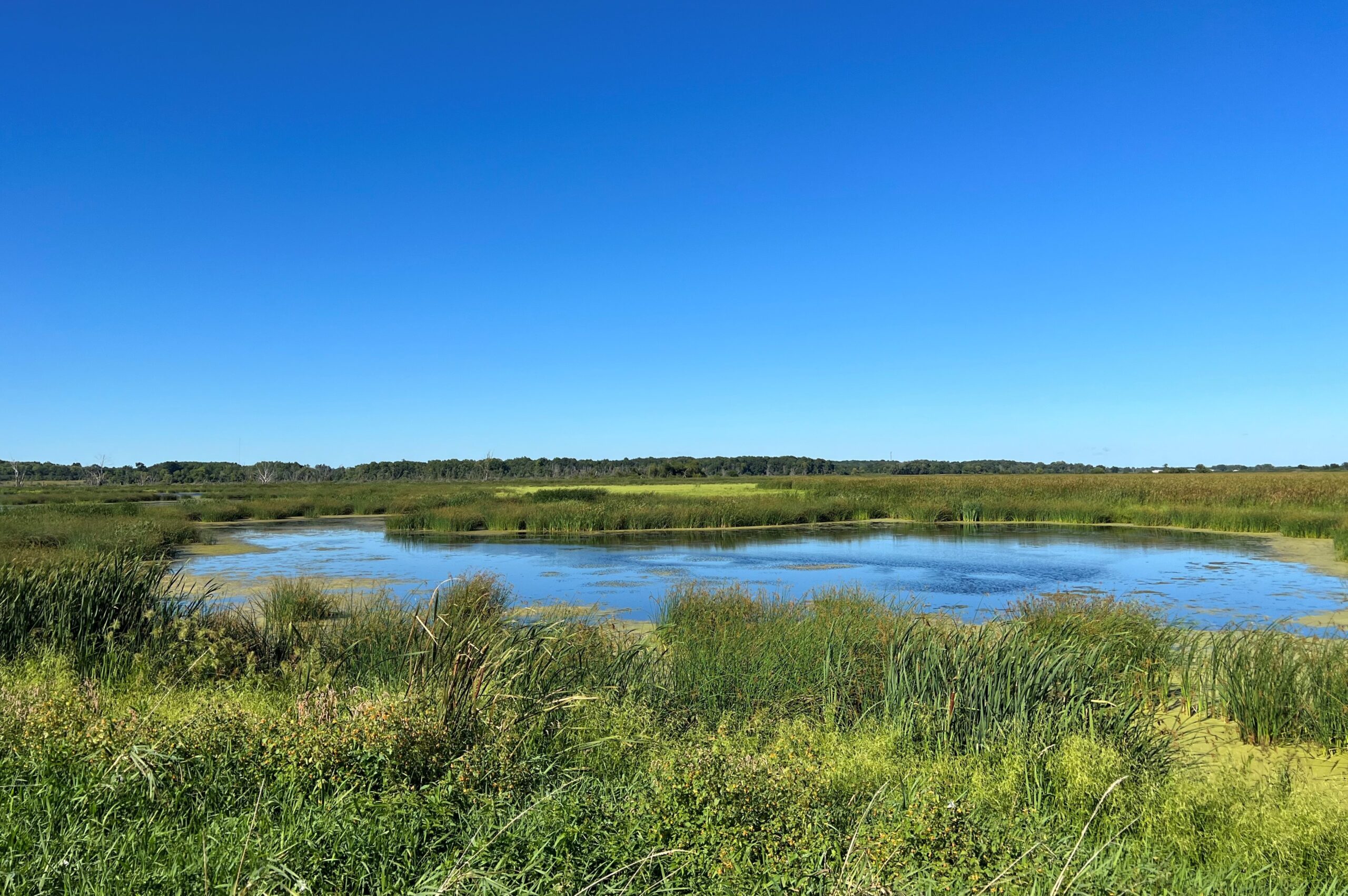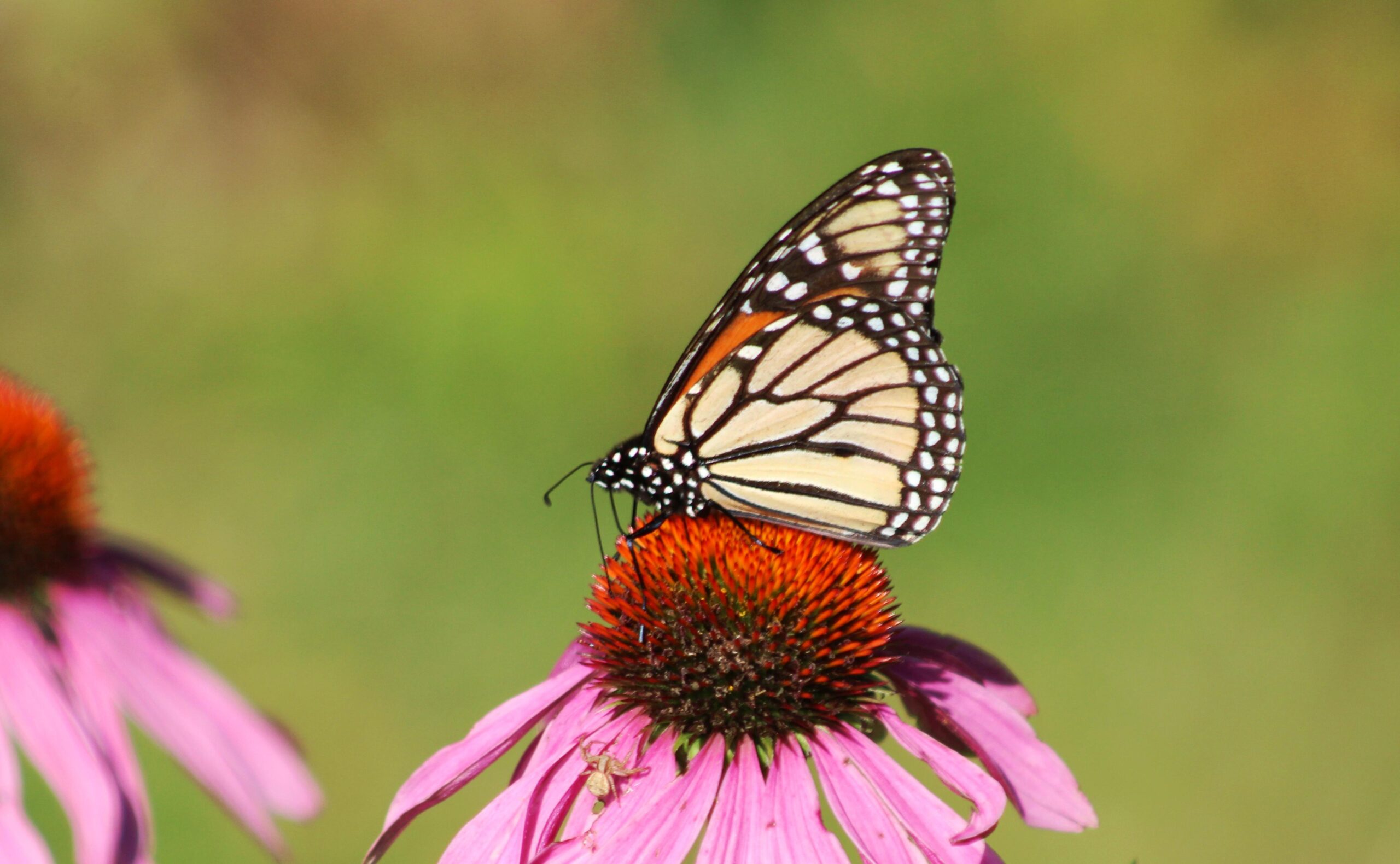Green Bay’s Bay Beach Wildlife Sanctuary has enlisted kindergartners to help restore monarch butterfly habitat.
This year, the sanctuary encouraged local students who visited the refuge to take home milkweed seeds and plant a small butterfly garden. Kim Diedrich, the chief naturalist at the sanctuary, said it’s the first time the sanctuary has done so.
Milkweeds are the monarch’s favorite place to lay eggs, eat, and to grow from a caterpillar into a butterfly. As its name would indicate, the plant genus often gets categorized as a “weed.” However, Diedrich hopes farmers will consider planting it between crops to attract the distinctive black and orange monarch.
Stay informed on the latest news
Sign up for WPR’s email newsletter.
The monarch has been in decline for 20 years, but Diedrich believes the butterfly’s numbers are increasing, at least at the sanctuary as it has planted things butterflies like.
“A lot of animal wildlife populations are cyclical, so they’re going to go through a natural cycle anyway,” she said. “But it seems like in the last couple of years … at least in the northeastern Wisconsin area, the population has gone up.”
Diedrich said the sanctuary is working with the U.S. Fish and Wildlife Service to restore at least 200,000 acres of habitat for monarchs, one backyard at a time.
Wisconsin Public Radio, © Copyright 2024, Board of Regents of the University of Wisconsin System and Wisconsin Educational Communications Board.

